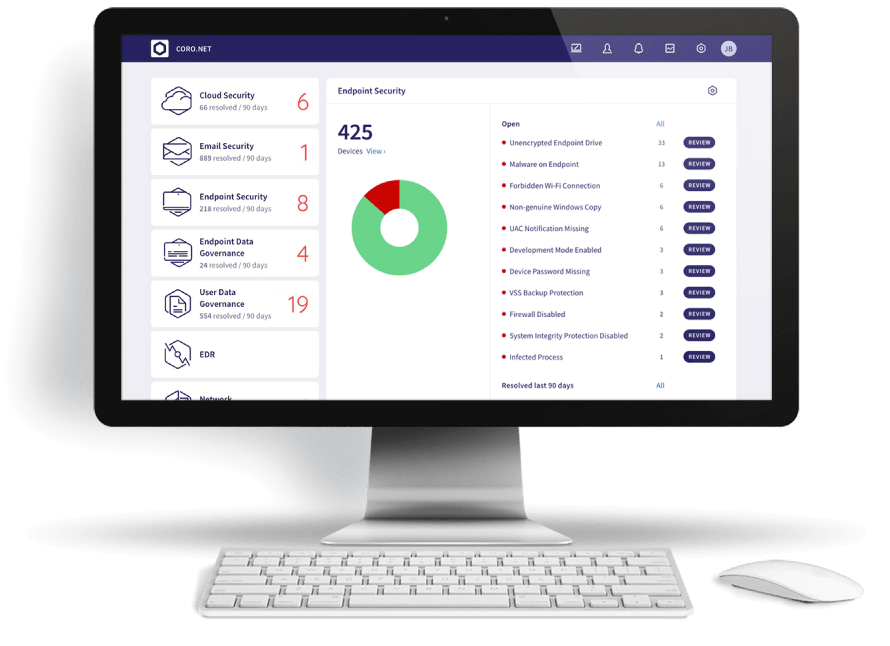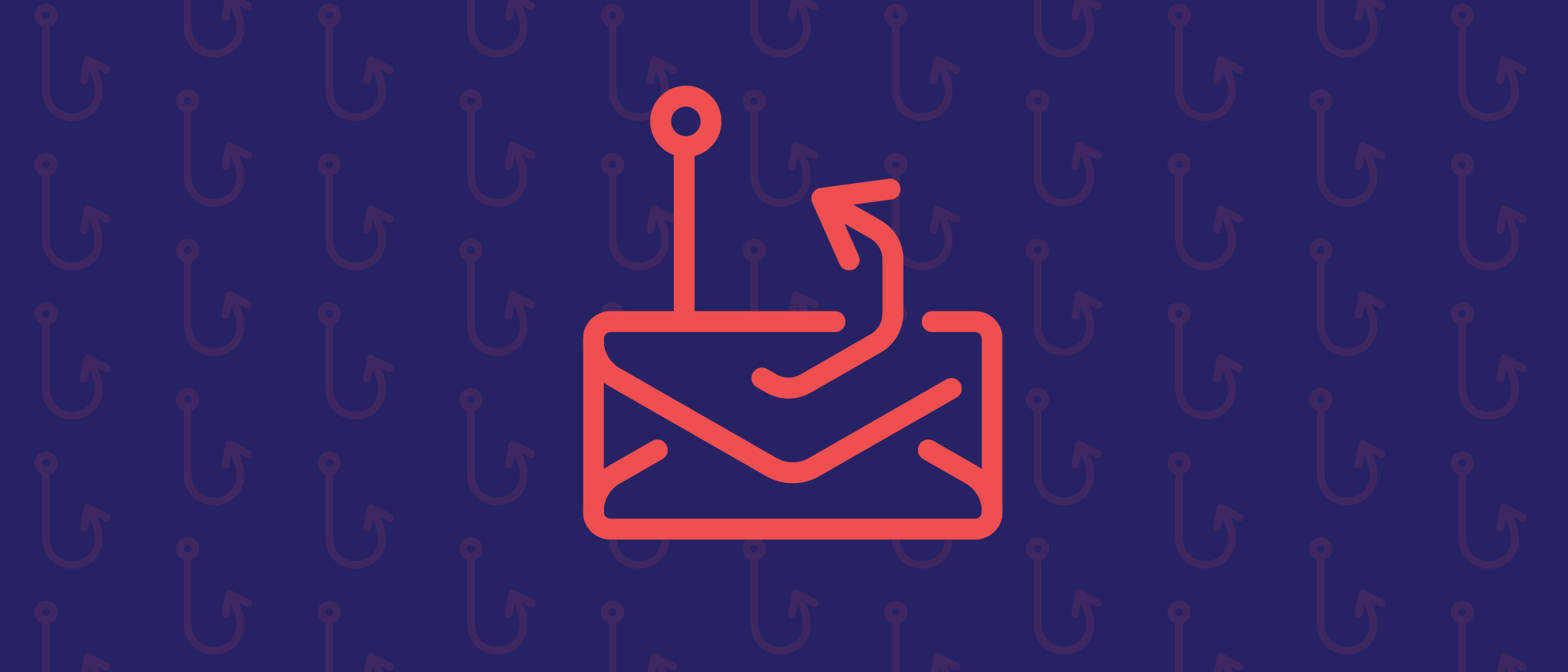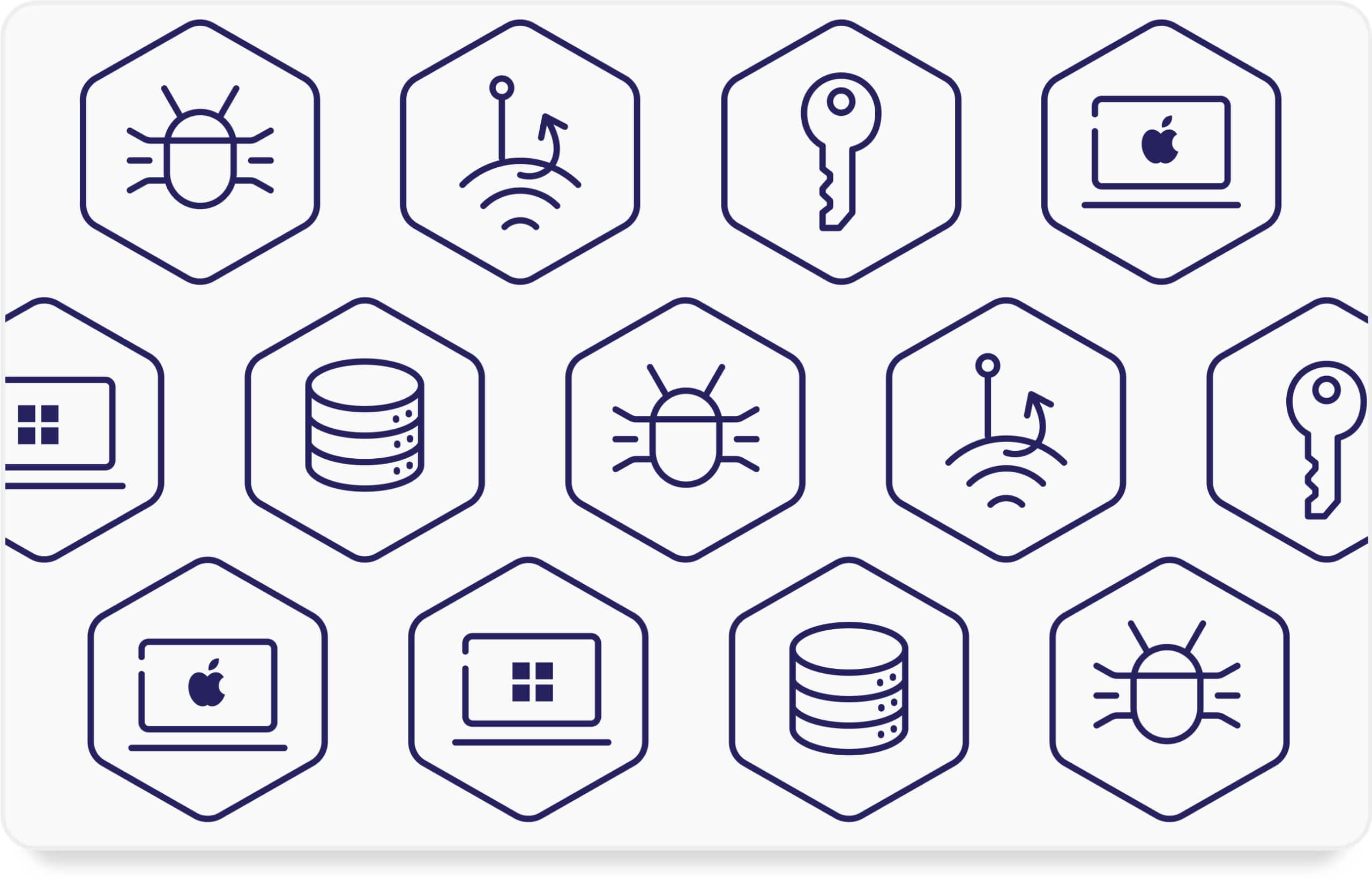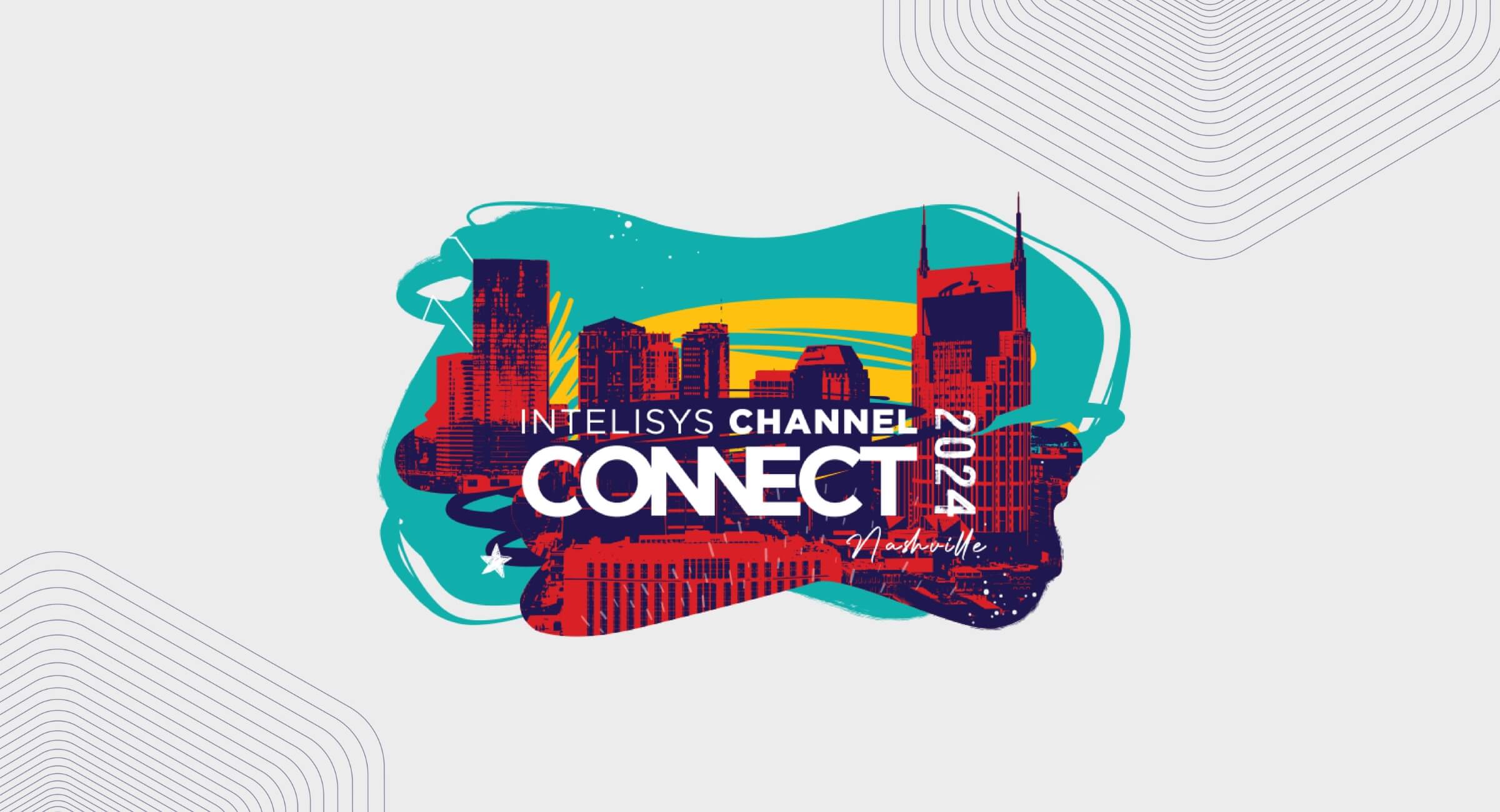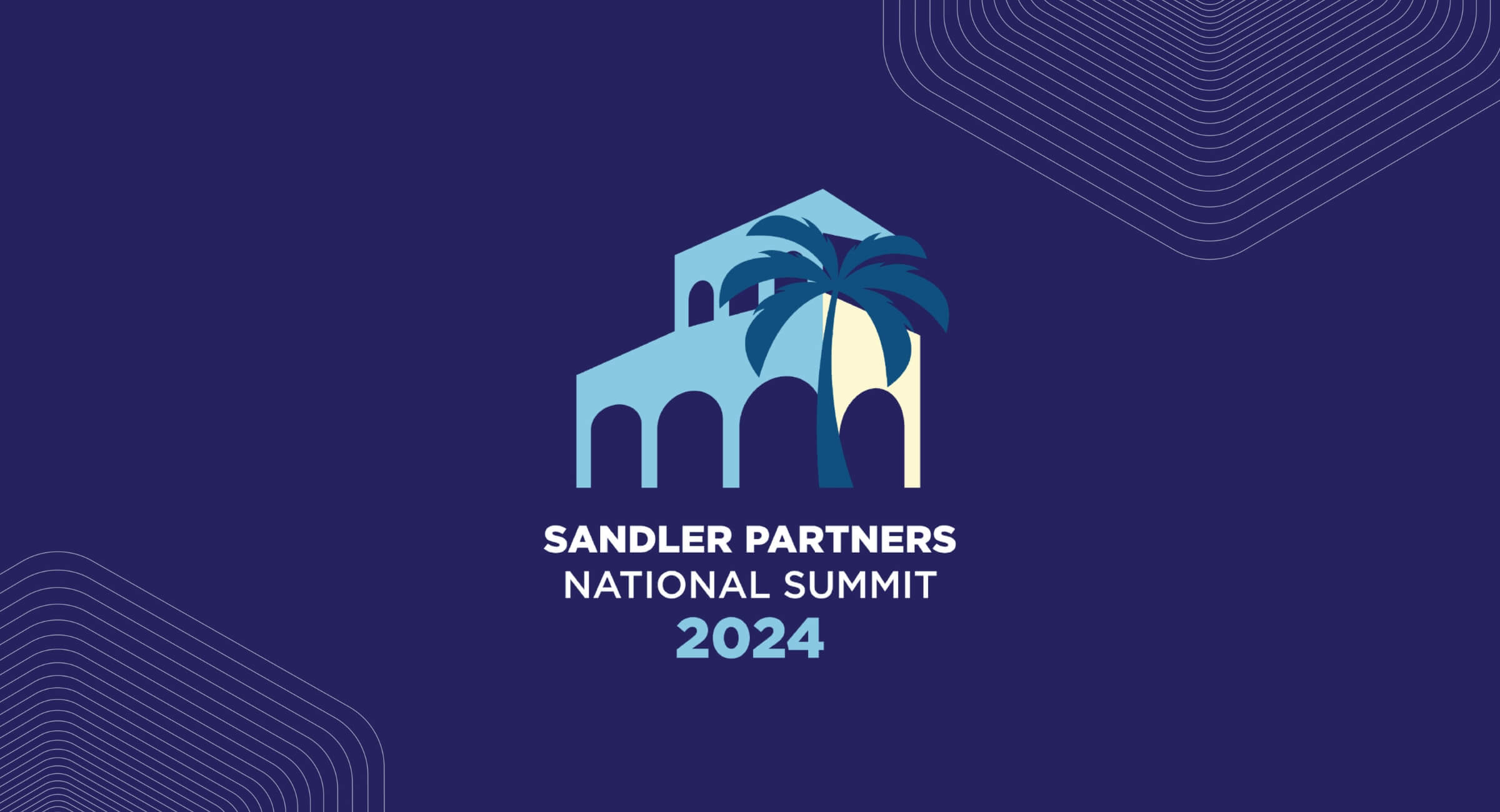Identity Governance and Administration (IGA), also known as identity security, plays a crucial role in managing digital identities within an organization. Identity governance focuses on overseeing and controlling user access, while identity administration deals with the practical management of user accounts and access rights.
It’s important to note that IGA is a broader concept encompassing functionalities found in Identity and Access Management (IAM) solutions. IGA goes beyond basic IAM by providing additional features and functionalities focused on governance, risk management, and compliance.
Forms/types of Identity Governance and Administration (IGA)
Identity Governance and Administration (IGA) involves various processes, technologies, and practices aimed at managing user identities, permissions, and access rights within an organization’s IT environment. This may include components like:
Identity Lifecycle Management
This involves managing the entire lifecycle of user identities within an organization, from creation and provisioning to modification, suspension, and de-provisioning.
Access Request and Approval
This form of IGA involves providing users with the ability to request access to specific resources or applications and establishing workflows for access approval based on defined policies and roles.
Role-Based Access Control (RBAC)
RBAC is a method of managing user access rights based on their roles within the organization. In IGA, RBAC involves defining roles, associating users with appropriate roles, and managing access permissions based on those roles.
Privileged Access Management (PAM)
PAM focuses on managing and controlling access to privileged accounts and sensitive systems within an organization. IGA includes capabilities for managing, monitoring, and auditing privileged access to prevent misuse and unauthorized activities.
Segregation of Duties (SoD)
SoD ensures that no single user has conflicting or excessive access rights that could lead to fraud, errors, or security breaches. IGA solutions include SoD controls to identify and remediate access conflicts across different roles and responsibilities.
Identity Analytics and Risk Assessment
IGA platforms utilize identity analytics and risk assessment capabilities to identify anomalous user behaviors, detect security threats, and prioritize remediation actions based on the level of risk.
Single Sign-On (SSO) and Federated Identity Management
SSO enables users to access multiple applications and systems with a single set of credentials, improving user experience and security. IGA solutions integrate with SSO and federated identity management systems to centralize identity management and authentication processes.
You can compare IGA to a hotel. Each room needs its own special key to access. Guests only receive their keycards when they arrive and pay. When they check out, they have to give the key back.
In IGA terms, this is like creating user identities and assigning them access rights to various systems, applications, and resources within an organization.
Certain staff – like maintenance staff or managers – have access to all of the rooms or some of the rooms based on their responsibilities. In IGA, users are associated with roles that determine their access rights across different systems and applications.
Just like you might periodically review who has keys to which rooms in the hotel to ensure security, in IGA, there are regular audits and reviews of user access rights to identify and address any access discrepancies or violations
Why should businesses care about IGA?
Identity governance and administration has become an important part of maintaining a good defensive posture through:
Reason #1: Enhanced Security
IGA helps businesses maintain robust security measures by ensuring that only authorized users have access to sensitive data, systems, and applications. By managing user identities, access rights, and permissions effectively, IGA helps prevent unauthorized access, data breaches, and insider threats.
Reason #2: Better Risk Management
Effective IGA practices help businesses mitigate risks associated with unauthorized access, data breaches, and cyber threats. By implementing identity and access controls, conducting regular access reviews, and enforcing least privilege principles, businesses can reduce the likelihood of security incidents and their associated impacts.
Reason #3: Operational Efficiency
IGA streamlines identity and access management processes, reducing the pressure on small IT teams and improving operational efficiency. By automating user provisioning, de-provisioning, access requests, and approvals, businesses can save time and resources while still ensuring consistent application of access policies and controls.
Reason #4: Improved Audit and Reporting Capabilities
IGA solutions provide comprehensive audit trails and reporting capabilities that enable businesses to track user activities, monitor access rights, and generate compliance reports. These capabilities support internal audits, regulatory assessments, and governance requirements, helping businesses demonstrate adherence to security policies and standards.
IGA and Your Wider Cybersecurity Framework
IGA forms an important of part of many leading cybersecurity frameworks, including:
MITRE ATT&CK outlines various techniques used by adversaries to gain unauthorized access to credentials and compromise identities within an organization. IGA helps mitigate credential-based attacks by enforcing strong authentication measures, managing privileged access, and continuously monitoring user activities for suspicious behavior.
Least Privilege Principle
The principle of least privilege advocates for granting users only the minimum level of access required to perform their job functions. IGA supports the implementation of least privilege by enforcing granular access controls, defining roles and permissions based on job roles and responsibilities, and regularly reviewing and adjusting access rights to ensure alignment with business needs and security requirements.
Zero trust emphasizes the need to verify and validate user identities and devices before granting access to resources, regardless of their location or network perimeter. IGA complements the zero trust model by providing capabilities for continuous authentication, adaptive access controls, and policy-based enforcement of access rights based on user attributes, device posture, and contextual factors.
Related Systems or Technologies
IGA can support or comprise many different identity management functions, tools and systems, including:
- Identity and Access Management (IAM) Systems: IAM systems encompass the processes and technologies used to manage digital identities, authentication, and access controls within an organization. IAM solutions often integrate with IGA platforms to provide centralized identity management capabilities, user provisioning, authentication, and single sign-on (SSO) functionality.
- Privileged Access Management (PAM) Solutions: PAM solutions focus on managing and securing privileged accounts and access to critical systems and resources. PAM platforms complement IGA by providing additional controls and monitoring capabilities for privileged users, sessions, and activities, helping organizations mitigate the risk of insider threats and credential-based attacks.
- Role-Based Access Control (RBAC) Systems: RBAC systems enable organizations to define roles, permissions, and access policies based on users’ job functions and responsibilities. RBAC solutions integrate with IGA platforms to enforce granular access controls, streamline role assignments, and ensure compliance with security policies and regulatory requirements.
- User Behavior Analytics (UBA) Solutions: UBA solutions leverage machine learning and behavioral analysis techniques to monitor and detect anomalous user activities and behaviors. UBA platforms integrate with IGA systems to enhance identity governance by identifying potential security threats, insider risks, and unauthorized access attempts based on user behavior patterns.
- Cloud Identity and Access Management (IAM) Solutions: Cloud IAM solutions extend identity management and access controls to cloud-based applications, platforms, and services. Cloud IAM platforms integrate with on-premises IGA systems to provide centralized identity governance, user provisioning, and access management across hybrid IT environments.
Related Regulations or Compliance Goals
Even if regulations don’t mention IGA specifically, it has an important part to play when it comes to data security and compliance:
PCI DSS (Payment Card Industry Data Security Standard)
PCI DSS sets requirements for organizations that handle payment card data. While PCI DSS primarily focuses on cardholder data security, it indirectly impacts IGA by requiring organizations to implement access controls and authentication mechanisms to protect cardholder information from unauthorized access.
HIPAA (Health Insurance Portability and Accountability Act)
HIPAA establishes standards for the protection of sensitive healthcare information. While HIPAA primarily applies to the healthcare industry, it indirectly affects organizations that handle protected health information (PHI). Implementing IGA helps healthcare organizations enforce access controls, maintain audit trails, and protect PHI from unauthorized access or disclosure.
SOX (Sarbanes-Oxley Act)
SOX imposes requirements on public companies related to financial reporting and disclosure. While SOX primarily focuses on financial controls, it also includes provisions related to IT controls and data security. Effective IGA practices support SOX compliance by ensuring the integrity, confidentiality, and availability of financial data through access controls and identity management.
FERPA (Family Educational Rights and Privacy Act)
FERPA protects the privacy of student education records maintained by educational institutions. Effective IGA practices help educational institutions control access to student records, maintain data confidentiality, and ensure compliance with FERPA requirements related to data security and privacy.
ISO/IEC 27001
ISO/IEC 27001 is an international standard for information security management systems (ISMS). It provides a systematic approach to managing sensitive information assets, including user identities and access controls. Implementing IGA helps organizations align with ISO/IEC 27001 requirements by establishing robust identity management processes, enforcing access controls, and maintaining audit trails for compliance monitoring.

